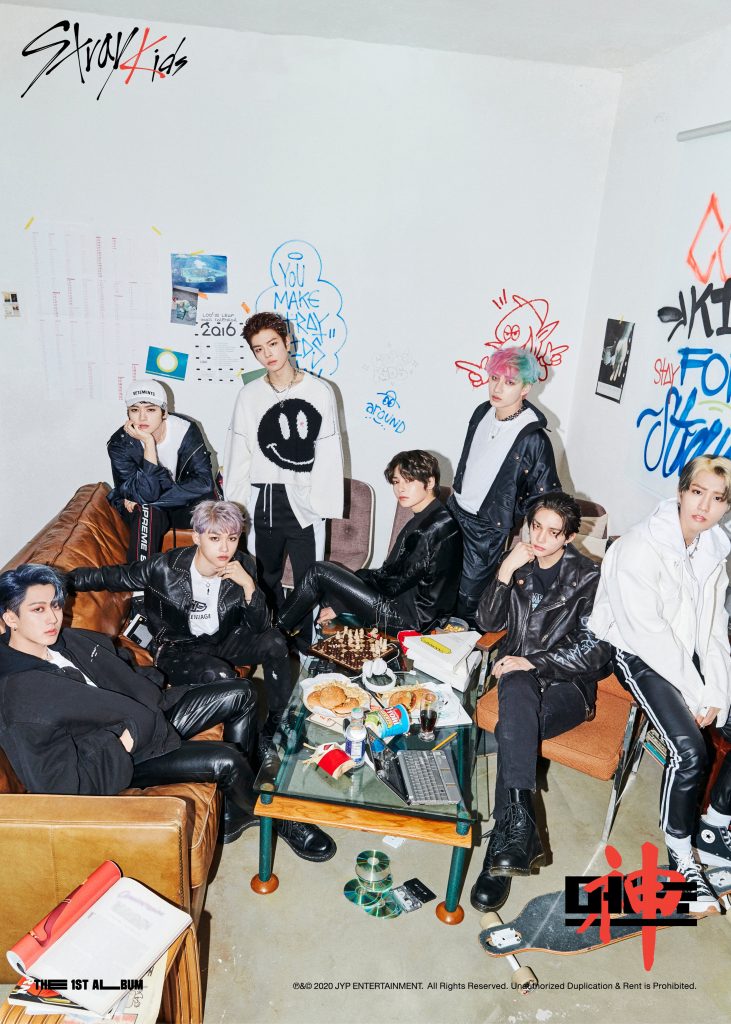
Two years after their debut, Stray Kids have yet to release a love song as the title track. In fact, love songs are seldom found even among Stray Kids’ b-sides. In the lovestruck and lovelorn world of K-pop, Stray Kids’ lyrical themes of internal confusion and self-discovery stand out.
Their latest album continues this pattern. With Go Live, Stray Kids explore both the exhilaration and self-doubt that come with trying to find a unique dream. Their musical choices work well with the lyrics, building on Stray Kids’ uniquely fierce rap-based sound.
In the brash, bold “God’s Menu,” Stray Kids compare their songwriting process to cooking. Han raps:
All our dishes taste so strong
We want it ’til we serve them all
Do research and cross boundaries
There’s no limit, we create our sound
This verse describes Stray Kids’ music perfectly: they play with unique textures and sounds, creating polished tracks that nevertheless display Stray Kids’ raw energy. “God’s Menu,” consisting of a loud brassy beat and explosive rap lines, encapsulates Stray Kids’ unabashedly passionate image very well. This song is an anthem of self-confidence, reveling in its weirdness and sheer personality. “God’s Menu” is the perfect start to an album dedicated to self-identity.
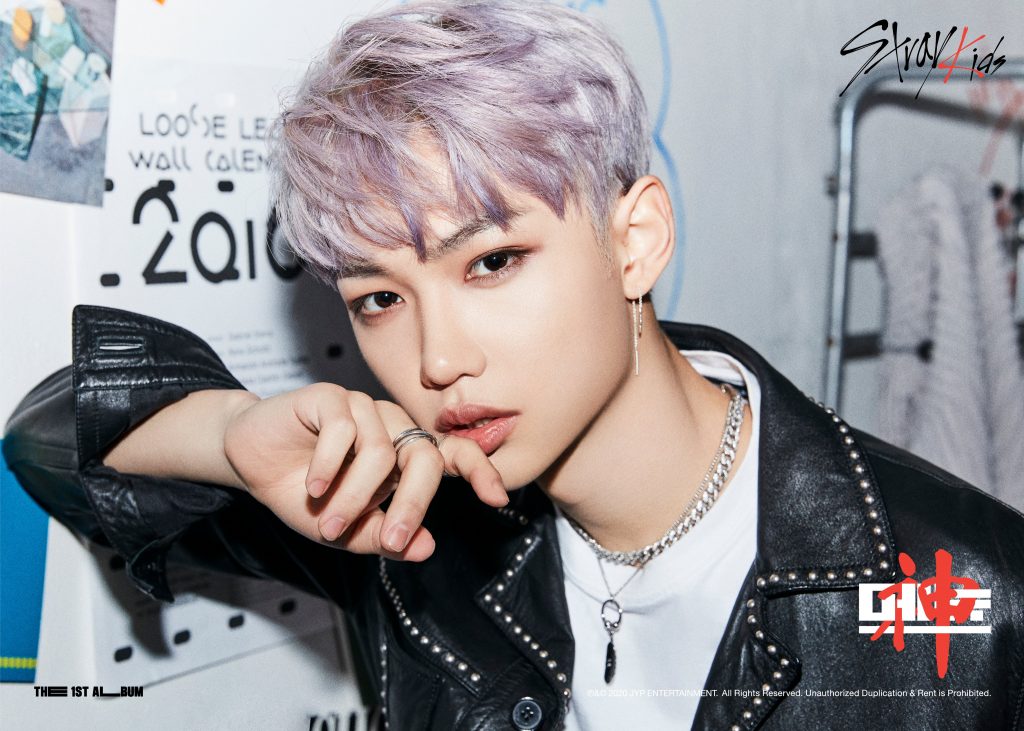
“Easy,” a rap-oriented number, displays the sneering fearlessness of a young dream-chaser. Stray Kids smirk, “We gonna do whatever we want, do it my way.” The song’s hip-hop beat meshes well with the members’ voices, serving as an interesting backdrop for Stray Kids’ vastly different tones. In particular, Seungmin’s bright, sharp voice contrasts beautifully with Felix’s famously deep rap lines. “Easy” is sly, off-kilter, and incredibly addictive.
“Ta” continues the unabashed message of “Easy.” The song is wild — a maelstrom of energy and noise. There are several compelling sounds, like the thunderous, almost tribal drums and a soaring hawk’s cry. Stray Kids cheer and shout, swept away by their own excitement. “Ta” is a tribute to youthful confidence, as Stray Kids insist that they’ll be able to achieve all of their dreams:
Complicated things, throw it out
Worrying is a hassle now
Keep this blazing momentum

With “Blueprint” and “Top,” Stray Kids’ enthusiasm is tempered somewhat by acknowledgement of the obstacles they’ll face as they fight for their dreams. However, they remain overwhelmingly optimistic. In “Blueprint,” summery guitar and steady drums work in tandem to create a refreshing pop-rock track. This song is one of the album’s most joyous moments. Stray Kids sing:
Tell them they can talk as much as they like
I’ll go to that high place with my fists clenched
Although others dismiss their dream, Stray Kids remain motivated by a “dream that illuminates me.” With “Blueprint,” they acknowledge that there may be difficulties in their path, but their dream remains beautiful. Their own desires are beautiful. Their own identity is beautiful.
Similarly, Stray Kids are determined to fulfill a difficult goal in “Top.” They wonder if they’ll be able to climb “the stairway reaching up to the sky,” but ultimately decide that “it’s a risk I gotta take.” The song opens with an instantly arresting orchestral introduction. Changbin’s opening verse, set against a backdrop of warped electronics, is even more compelling — just like the group itself, this verse’s off-kilter instrumental is aggressive and artistic at once. Slashes of electric guitar lead to an exhilarating buildup.

But the chorus succumbs to generic EDM tropes. The crystalline synth bursts aren’t unpleasant per se, but still squander much of the intensity of “Top”’s stunning verses. If the chorus had harnessed the incredible daring of its first 30 seconds, this song could have easily been one of Stray Kids’ best songs yet. As it is, “Top” still holds its own in a very strong album, but fails to completely impress.
Go Live also portrays the excitement of dreaming with a loved one, be it friend or lover. “Pacemaker,” “Haven,” and “Airplane” all discuss self-identity in the context of relationships, to varying degrees of success.
In “Pacemaker,” an album highlight, Stray Kids sing:
Will you run beside me?
When I look at you, I see myself
Because half of your day
Shares the same patterns as mine
They encourage a close friend to work towards their own dreams. “Pacemaker” establishes the idea that self-discovery doesn’t always have to be solitary; friends can help each other find and fulfill goals.
A synth bassline runs throughout the song, creating a propulsive base. Little production flourishes, like brass accents and trap-inspired percussion, are strewn on top of this beat. The chorus melody is instantly memorable, and the post-chorus “nanana” hook is incredibly addictive. “Pacemaker” highlights Stray Kids’ ensemble of distinct voices, with the nimble rappers serving as a foil for tart vocals. This song succeeds because of its brilliant chorus and production.
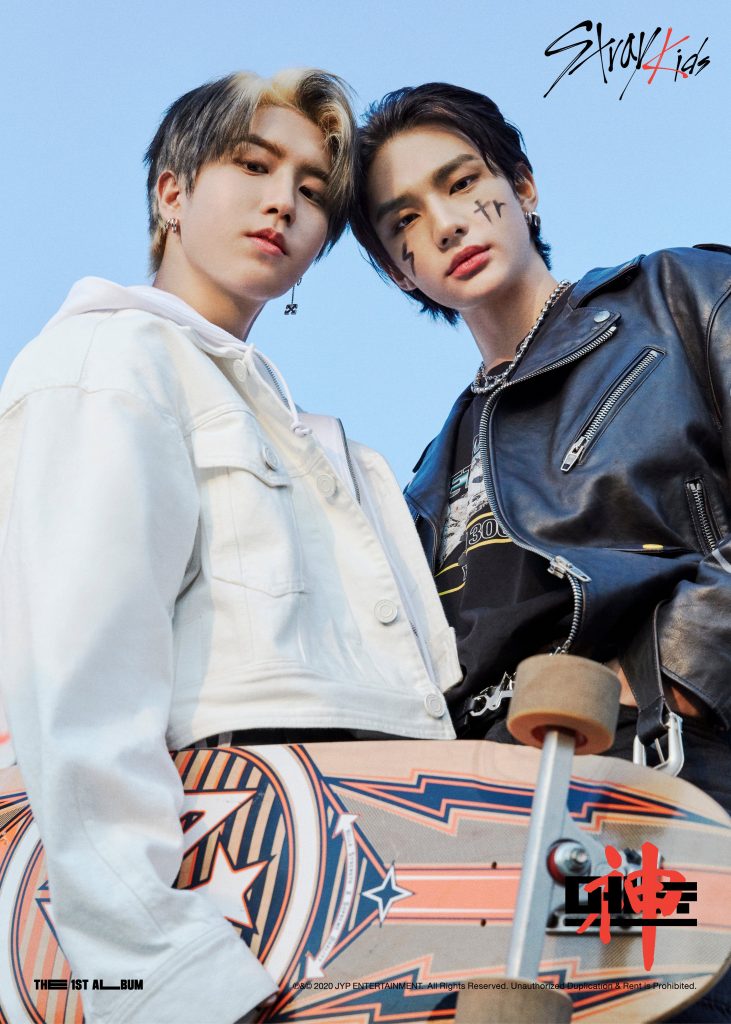
“Haven” not only has a similar message to “Pacemaker,” but also is just as musically interesting. Stray Kids encourage a loved one to “do whatever you want” and chase their own dreams. The melody is strong, perhaps more catchy than “Pacemaker,” and the synth backbone is invigorating in the best way possible.
However, with “Airplane,” yet another song about relationships, the musical quality plunges down a cliff. “Airplane” consists of generic trap beats, plunky colorless synths, and irritating “brrr” adlibs. Stray Kids’ blend of vastly different voices, one of their greatest strengths, becomes a weakness here. Unlike in previous tracks, the vocal mixing comes off as shrill, thin, and nasal. Far from soaring, “Airplane” instead crashes and burns.
Unfortunately, this same musical immaturity also sabotages “Gone Days.” As soon as the track started, my heart sank as I realized it is just another trap-infested song, laden with those maddening “skrrt skrrt” adlibs.
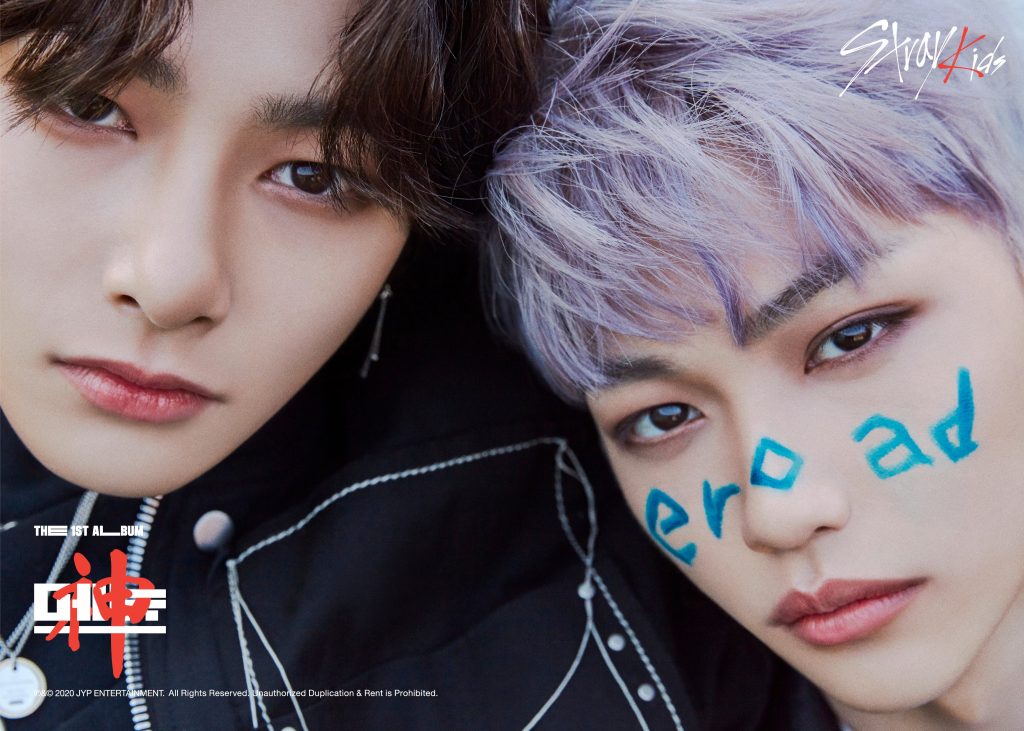
The lyrical content is far more interesting than the music, as Stray Kids vent their frustration at an older person’s advice. You’re outdated and I can find my own way, Stray Kids seems to want to say. This angle is pretty unique, but unfortunately “Gone Days” is so infuriating to hear that even its lyrics can’t save the song. “Go away,” Stray Kids chants, but all I want is for this song to go away.
The remaining songs on the album, similarly to “Gone Days,” describe more of the difficulties involved in establishing one’s own identity. In “Another Day,” Stray Kids depict the listlessness and burnout that result when people are “chased by time.” The track consists of acoustic guitar and a simple drum beat during the chorus, which adds a bit of energy to what would otherwise be a bland affair. The vocal mixing is much better here, with a nice use of harmonies to build richness.
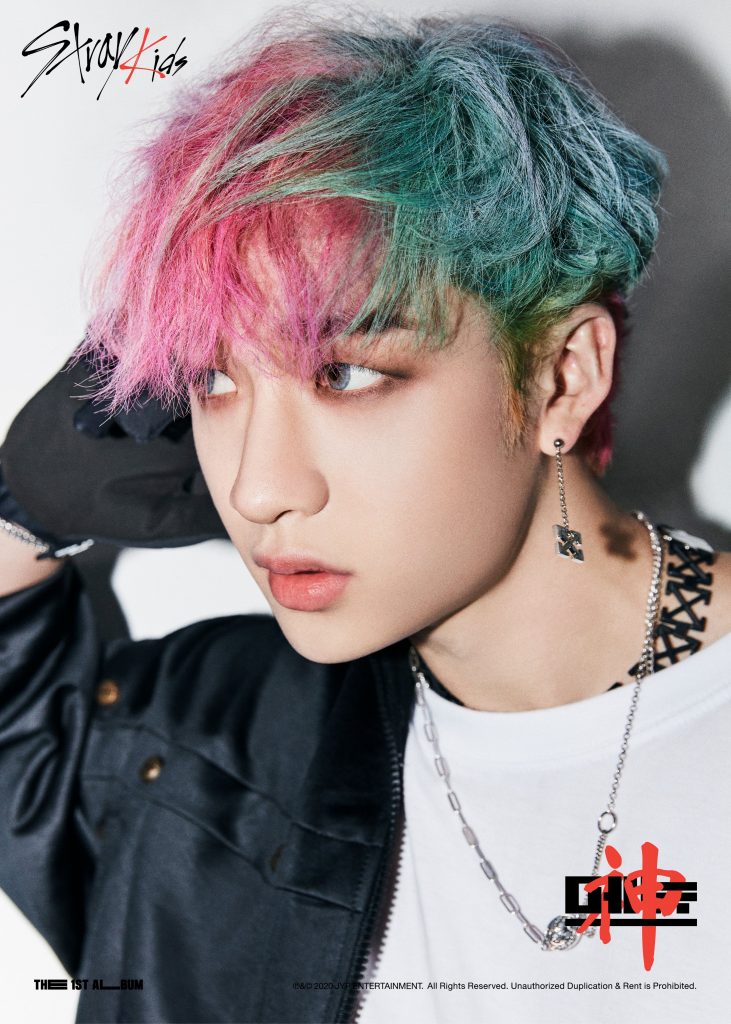
“On Track” is just as melancholic as “Another Day,” although it portrays a different challenge entirely. “On Track,” a hip-hop ballad, speaks about missed opportunities. It sounds like something debut-era Winner would release. The vocal effect during the introduction is very well-placed, as it creates a sense of loneliness and isolation. “On Track” can be interpreted as a song about the consequences of failing to fulfill dreams: regret and self-flagellation:
It’s too late
The last train to return to you has stopped
I should’ve hurried
It’s too late to regret it now
“Phobia,” yet another song about the pitfalls of finding a unique persona, is one of the most sonically interesting songs in Go Live. There are some very compelling textures here: jagged synths, brisk percussion, distorted electronics, and Stray Kids’ own voices. The vocals lean shrill here, but this suits the sharp vibe of the song. Stray Kids sing about being scared of their lover or crush:
I’m stuck with a phobia
I can’t go there, where you are
I can’t approach you
Although “Phobia” is a love song, its lyrics can also be interpreted as being scared to work towards a dream, when taken within the context of the entire album. Stray Kids emphasizes that individuality isn’t always as self-assured and almost arrogant as songs like “Easy” make it out to be; instead, fear can hold youths back from chasing their dreams.
“Slump” illustrates another obstacle that prevents many youths from achieving their goals: stagnation. “Everything feels the same as a year ago,” Stray Kids lament. They describe the hopelessness and desperation that comes when you still cling to a dream, yet can’t fulfill it. The melody fits the lyrics quite well; the chorus has a powerful but sad lilt. Additionally, “Slump” heavily uses falsetto, which bolsters the emotional impact — although the performance doesn’t feel quite as vulnerable as it could’ve been. The production, consisting of guitar and stripped-down percussion, is relatively simple.
All in all, Go Live is a complex portrayal of the journey towards self-discovery and self-identity. This album balances explosive excitement with downtrodden defeat. Although Go Live stumbles a few times, ultimately it’s a stunning blend of Stray Kids’ greatest strengths: a palpable sense of passion for music, interplay between the members’ voices, clever new takes on hip-hop, and a willingness to be open and vulnerable.


